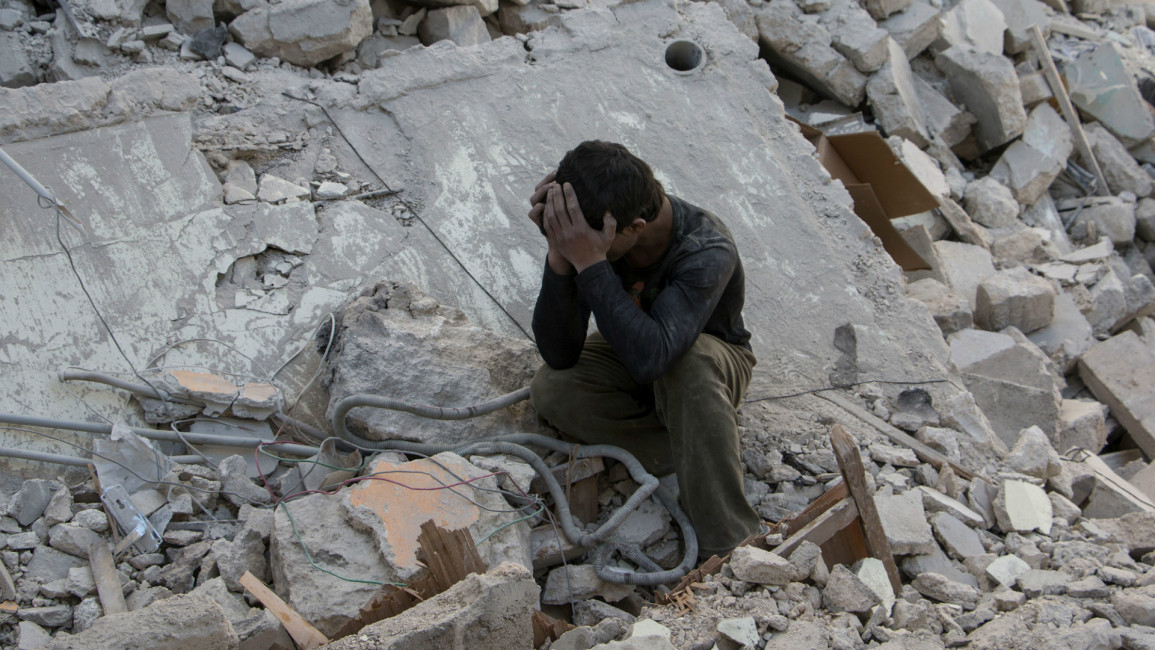Experts identify cases of Syria chemical attacks to probe
The international body charged with establishing who is responsible for chemical attacks in Syria says it has identified at least five potential cases for investigation — four where chlorine gas was allegedly used against rebel-held areas and one involving mustard gas.
The investigative body established by the United Nations and the Organization for the Prohibition of Chemical Weapons said in its first report that it plans to start the next phase in March including in-depth analysis of the cases, field visits, witness interviews and obtaining relevant information from UN member states and others.
The Joint Investigative Mechanism [JIM] said this phase will continue "until sufficient information and evidence is gathered" to enable it to report its findings to the UN Security Council.
Until the council established the JIM last August, the UN and the OPCW were only able to investigate attacks without laying blame on the government or rebels.
Syria's government denies using chemical weapons, but the United States and other Western nations contend it is to blame, especially for dropping barrel bombs containing chlorine and other toxic agents by helicopter. The opposition doesn't have aircraft.
Reports also have surfaced in recent months that the Islamic State extremist group has used toxic chemicals.
The JIM report said OPCW investigators mention 116 alleged incidents of the use of chemicals as weapons in Syria in their reports and investigated 29 of them, dating from April 2014 to August 2015.
The JIM experts evaluated the OPCW reports and identified five potential cases for its investigation as of early January.
 |
Investigators mention 116 alleged incidents of the use of chemicals as weapons in Syria in their reports and investigated 29 of them, dating from April 2014 to August 2015 |  |
Four involve the alleged use of chlorine gas dropped from barrel bombs — in Kafr Zita in Hama governorate on April 11 and April 18, 2014, and in three villages in Idlib governorate, Talmenes on April 21, 2014, and Qmenas and Sarmin, both on March 16, 2015.
The JIM said the fifth case was on August 21, 2015 in the strategic town of Marea near the Turkish border, a time when Islamic State extremists were attacking rebels. The OPCW said its inspectors found evidence that mustard gas was used by insurgents on that day.
The report OPCW cited two other cases that are likely to merit investigation, one involving a possible sarin gas attack in the Damascus suburb of Daraya on February 15, 2015 and the other an alleged chlorine attack in Binnish in Idlib province on March 23 2015.
The JIM's leaders said they strongly believe "that all individuals, groups, entities or governments that have any role in enabling the use of chemicals as weapons, for whatever reason and under any circumstances, must understand that they will be identified and made accountable for these abhorrent acts."



